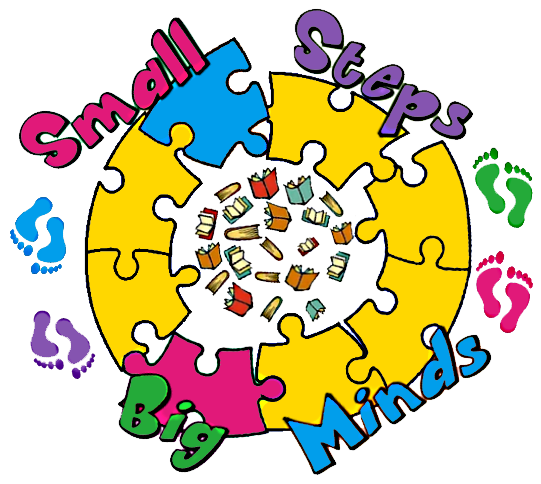Social media has infiltrated nearly every aspect of our lives, and the classroom is no exception. The impact of social media on education is both profound and multifaceted, presenting both opportunities and challenges for students and educators alike.
One of the most notable effects is the way social media has transformed communication and collaboration among students.
All social media platforms allows students to connect to outside sources. This can make the student feel included as others can share resources. However, it also brings challenges, as the line between social and academic interactions can blur, potentially distracting students from their
Moreover, the instantaneous nature of social media has altered the way information is disseminated. Students can now access breaking news, academic articles, and research findings at the touch of a button and help them to keep up to date with the latest events. . On the flip side, the abundance of information can be overwhelming, leading to issues of information overload and potential misinformation.
Another significant impact is the role of social media in shaping the dynamics between students and educators. Platforms like Twitter have become spaces for academic discourse, where students can interact with professors and scholars from around the world. This knowledge allows for a more inclusive and diverse exchange of ideas. However, it also raises questions about the boundaries between professional and personal life, as educators navigate the challenges of maintaining a public online presence.
Using social media in the classroom can extend beyond personal use to more formal use for education application.
Many educators now integrate social media into their teaching strategies, using platforms like YouTube, TikTok, or educational blogs to deliver content in innovative and engaging ways. While this will grab the attention of the student who has been brought up on the digital age it also requires educators to adapt to rapidly evolving technologies and navigate potential privacy concerns.
Social media’s impact on the classroom also extends to issues of cyberbullying and digital citizenship. Students are not only learning within the walls of a physical classroom but also in the vast and sometimes unpredictable space of the internet. Educators must address issues of online etiquette, digital responsibility, and the potential for harm in virtual environments.
In conclusion, the impact of social media on the classroom has reshaped how students communicate, access information, and interact with educators. While it presents opportunities for collaboration, engagement, and innovative teaching methods, it also brings challenges related to distraction, information overload, and issues of online behaviour. Navigating this landscape requires a thoughtful and adaptive approach from both students and educators as they harness the benefits and mitigate the drawbacks of social media in education.
